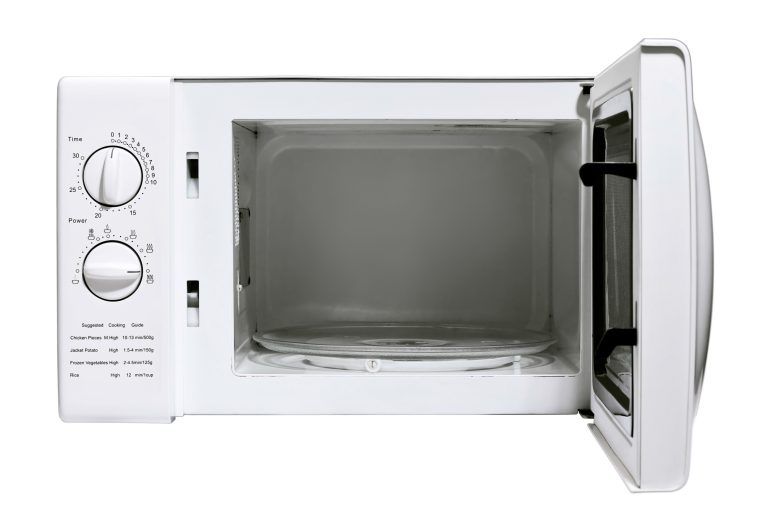How to Use a Washing Machine Correctly: Tips and Recommendations
The washing machine is one of the most indispensable household appliances, saving time and effort in maintaining clean clothes. However, to ensure it performs efficiently, lasts longer, and preserves the quality of your clothes, it’s essential to know how to use it correctly. In this article, we’ll cover the key steps for using a washing machine, from preparing laundry to post-wash maintenance and tips for extending the machine’s lifespan.
Preparing Laundry for Washing
Properly preparing your clothes before washing is crucial for achieving the best results and avoiding damage.
Sorting Laundry
- By fabric type: Different fabrics require different washing cycles. For example, wool garments need a delicate cycle, while cotton can withstand high temperatures.
- By color: To avoid color bleeding, separate clothes into whites, lights, and darks.
- By soil level: Heavily soiled items should be washed separately from lightly soiled garments. This ensures dirt doesn’t transfer to cleaner items.
Treating Stains
Before loading clothes into the machine, pre-treat visible stains. Apply a stain remover or soak the garment in water with detergent. This will help the washing machine remove stubborn stains more effectively without needing harsh chemicals.
Checking Pockets
Always check the pockets of garments before washing. Small items like coins, keys, or paper can damage the washing machine or clog its filter.
Protecting Delicate Items
For delicate items such as lingerie or clothing made from thin fabrics, use a mesh laundry bag. This helps protect the garments from tangling, stretching, or tearing during the wash cycle.
Choosing the Right Detergent
Choosing the correct type and amount of detergent is key to a successful wash.
- Detergent types: Make sure to use detergent designed for washing machines, not hand-washing powder. Machine-specific detergents produce less foam and dissolve more efficiently.
- Liquid detergents and capsules: These are excellent choices for washing machines because they dissolve quickly, leave no residue, and are gentle on fabrics.
- Fabric softeners: To add softness to clothes and reduce detergent residues, use fabric softeners. They can also help keep colors vibrant and prevent static cling.
- Correct dosage: Too much detergent can cause excess suds and improper rinsing, while too little may not clean your clothes effectively. Follow the detergent instructions, and consider the hardness of your water when determining the amount.
Selecting the Right Wash Cycle
Modern washing machines come with various settings and cycles designed for different types of fabrics and levels of dirt. Always refer to the garment care labels before selecting a cycle.
Common Washing Machine Settings:
- Cotton: This cycle is ideal for cotton, linen, and other sturdy natural fabrics. Washing temperatures can range from 30°C to 90°C, depending on the degree of soiling.
- Synthetics: For synthetic fabrics like polyester or acrylic, choose the synthetics cycle. The recommended temperature is between 30°C and 40°C.
- Delicates: Use this cycle for silk, wool, or other delicate materials. It usually operates at a maximum of 30°C with minimal spin speeds.
- Quick Wash: If your clothes are only lightly soiled, a quick wash program can refresh them in under 30 minutes.
- Intensive or Heavy Duty: This cycle uses high temperatures and long agitation to clean heavily soiled items like towels or workwear.
Temperature Settings
- 30°C: Ideal for delicate fabrics and lightly soiled garments.
- 40°C: A general-purpose temperature suitable for most fabrics and everyday washing.
- 60°C and above: Used for heavily soiled items, bed linens, and towels to eliminate bacteria and allergens.
Loading the Washing Machine Properly
Optimal Load Size
Don’t overload the washing machine. Overloading can reduce the effectiveness of the wash and potentially damage the machine. Clothes should have enough space to move around in the drum, allowing water and detergent to circulate freely.
Manufacturers usually provide the maximum dry weight capacity for each program. Overloading beyond this limit can strain the machine’s motor and cause malfunction.
Spin Speed and Settings
The spin cycle removes excess water from clothes after the wash. The appropriate spin speed depends on the type of fabric:
- 500–800 RPM: Suitable for delicate fabrics like silk or wool.
- 1000–1200 RPM: Ideal for synthetic materials and everyday clothing.
- 1400 RPM and above: Used for towels, bed linens, and heavy-duty fabrics.
Higher spin speeds dry clothes faster but may damage more delicate fabrics, so choose wisely.
Maintaining Your Washing Machine
Regular maintenance ensures your washing machine runs efficiently and lasts for many years.
Cleaning the Drum and Gaskets
After each wash, wipe the inside of the drum and the rubber gasket around the door to remove any residual moisture and prevent mold and mildew. Leaving the door slightly open between washes allows the interior to dry out fully.
Cleaning the Filter
The washing machine filter traps small debris like lint, hair, and coins. Clean the filter at least every three months to prevent clogs and to ensure smooth operation.
Descaling the Machine
Hard water can cause limescale buildup, which can damage the machine’s heating element. Every few months, run an empty cycle with a descaler to remove any limescale deposits and keep the machine working efficiently.
Water Softener Use
In areas with hard water, using a water softener can help reduce limescale buildup. This not only extends the life of your washing machine but also improves detergent effectiveness.
Energy Efficiency Tips
- Wash at lower temperatures: Most detergents are effective at 30°C, so washing at lower temperatures saves energy while still providing a good clean.
- Full loads: Try to only run the machine when you have a full load of laundry. This reduces the number of cycles you run, saving water and electricity.
- Eco cycles: Many washing machines have eco-friendly programs that use less water and energy. These cycles may take longer but are more efficient.
Conclusion
Using your washing machine correctly not only helps your clothes come out cleaner and fresher but also prolongs the life of the machine. By following these tips—sorting laundry properly, choosing the right detergent and cycle, and maintaining your machine—you can ensure optimal performance and avoid costly repairs or replacements. With proper care and attention, your washing machine will serve you well for many years, making laundry a hassle-free chore.




